#SelfDriving
Pedestrian Trapped Under Cruise Vehicle in San Francisco
On Monday, a pedestrian ended up being trapped beneath an autonomous test vehicle owned by Cruise. The incident took place in San Francisco (Fifth Avenue just south of Market Street) and has already become the subject of some rampant speculation as the company hopes to avoid another public relations nightmare.
Cruise quickly put out a series of statements via Twitter (now X) claiming the pedestrian was actually tossed in front of their robotaxi after being struck by a hit-and-run vehicle that was traveling in the accompanying lane. While the investigation is technically ongoing, numerous media outlets have run with the premise after having seen the on-board footage.
Mrs. Barra Goes to Washington
General Motors CEO Mary Barra met with Senate Commerce Committee Chair Maria Cantwell, (D-WA) and fellow Democratic Commerce Committee member Gary Peters in Washington D.C. on Thursday to help lobby for favorable legislation pertaining to self-driving cars. Though it sounds like they were already on board with whatever GM wanted, as they’ve already started repeating familiar rhetoric designed to encourage legislators to tweak Federal Motor Vehicle Safety Standards (FMVSS).
The meetings coincide with Barra's press events discussing how the automaker would like to implement artificial intelligence (including the infamous ChatGPT) into future products.
NHTSA Probes Zoox Self-Certification Process
The National Highway Traffic Safety Administration (NHTSA) has said it’s investigating exactly how Zoox managed to certify its autonomous vehicles for use on public roads. Though the agency may want to take a look in the mirror after issuing lax regulations on what companies are allowed to publicly test.
Place Your Bets: Mercedes Suggests Level 4 Automated Driving By 2030
Remember a few years ago when just about every automaker was promising that self-driving would become publicly available by 2020? Well, they’re hoping you didn’t because a few of them are starting to issue new claims that vehicular autonomy is once again less than a decade away.
While “hands-free” driving systems that require you to remain constantly vigilant (in case you need to take over) have become the new hotness, Mercedes-Benz said it’s planning on selling a version that will qualify as truly self-driving by 2030. But there are caveats to that claim pertaining to specific traffic conditions – meaning it’s still not actually going to be SAE Level 5.
The Self-Driving Industry Looks Unwell, Waymo Layoffs Begin
Alphabet subsidiary Waymo has reportedly leaned into layoffs and everyone is wondering whether this is an offshoot of the 12,000 job cuts being made at Google or indicative that self-driving tech has run itself into a brick wall. While there’s certainly a wealth of evidence that autonomous vehicles have progressed more slowly than the industry would have had us believe a decade earlier, Waymo has arguably made some of the biggest strides in the industry.
Report: Older Tesla Autopilot Demonstration Video Was Faked by Engineers
Regardless of how you feel about Tesla, there’s no amount of wishful thinking on anyone’s part that makes its “full self-driving” technology work as advertised. The company’s cars cannot drive themselves, do not operate without a human watching, and cannot safely manage complex situations on the road. That hasn’t stopped Tesla from trying to convince everyone, though, and as we’re now learning, its efforts haven’t always been above board.
U.S. Transportation Secretary Realizes Autonomous Cars Aren’t Ready
Despite the automotive industry having had the concept on its mind since the 1950s, autonomous vehicles still have yet to manifest in a manner that would allow them to be safely fielded in large numbers. With manufacturers previously vowing to have self-driving cars available to customers by 2020, consumers are starting to write the technology off as an industrial chimera. It’s also starting to look like the government is having doubts, especially now that U.S. Transportation Secretary Pete Buttigieg seems to be calling the technology to task.
U.S. Drivers Seriously Starting to Sour on Autonomous Vehicles
Despite some of the world’s largest automakers promising commercially viable self-driving cars by 2020, autonomous vehicles have yet to manifest in any serious capacity. Granted, advanced driving aids have begun to usurp some amount of control from the driver. But they aren’t quite what was envisioned by the industry when everyone was a lot more optimistic about the technologies involved. This may also be true of consumers, who seem to have soured on the general premise of autonomous vehicles as they’ve started to learn all that might entail.
Opinion: The Washington Post Catches Up to the Perils of Self-Driving
As much as I am a news junkie, I do try to disconnect a bit on weekends. Yet, this past Sunday, I had an hour to kill and a smartphone by my side, so I perused the headlines of our major newspapers.
Tesla CEO Says Cybertruck, Semis, & Robots Coming in 2023
Last night, Tesla held a “ Cyber Rodeo” to celebrate the Gigafactory that’s opening in Austin, TX. The invitation-only event saw thousands of attendees, fireworks, a drone light show, Elon Musk in a cowboy hat, and a list of manufacturing promises so long that you almost have to believe that one of them will actually come true.
Among these were claims that Cybertruck would undoubtedly enter into production in 2023, along with the similarly delayed electric semi and Roadster. The CEO also touted Tesla’s often-criticized Full Self Driving (FSD) as poised to revolutionize the world after its public beta test is expanded later this year. Robotaxis are also said to be in the works and a humanoid robot, named Optimus, will help usher in “an age of abundance.”
NHTSA Says Human Controls Now Unnecessary for Autonomous Vehicles
The National Highway Traffic Safety Administration (NHTSA) had decided there’s no need for modern vehicles to possess steering wheels, pedals, or other human controls — provided they’re intended to be fully autonomous.
Considering self-driving cars have become something of an engineering boondoggle after the automotive industry falsely claimed they’d become commercially available by 2019, it’s easy to assume regulators are putting the cart before the horse. But we need to remember that automakers have wanted this for a long time, are used to getting their way, and have well-paid lobbyists at their disposal. For example, General Motors and its autonomous technology unit Cruise has long been petitioning the NHTSA for permission to manufacture and field self-driving vehicles without human controls.
IIHS Study Suggests Buyers of Used Vehicles Learn Less About Their Car
The Insurance Institute for Highway Safety (IIHS) is claiming that individuals shopping for a secondhand automobile end up learning less about the modern features lurking within their automobiles. Considering salespeople have meetings about how best to hype the advanced driving aids in new models, this one really shouldn’t have required a survey for the IIHS to piece it together. But the outlet appears to be attempting to link this alleged lack of knowledge to make claims that it’ll somehow contribute to the probably of used vehicles being involved in a crash.
“Used car buyers were substantially less likely than new car buyers to know about the advanced driver assistance features present on their vehicles,” stated IIHS Senior Research Scientist Ian Reagan, the author of the study. “They were also less likely to be able to describe how those features work, and they had less trust in them. That could translate into less frequent use, causing crash reductions from these systems to wane.”
NHTSA Looking Into Tesla Vehicles Over 'Phantom Braking'
The National Highway Traffic Safety Administration (NHTSA) has announced it is investigating 416,000 Tesla vehicles after receiving 354 individual complaints of unexpected braking.
America’s largest purveyor of all-electric vehicles was forced to cancel its push of version 10.3 of its Full Self-Driving (FSD) beta software last fall after receiving reports that it was creating problems for some users. Drivers were complaining that the update had created instances of phantom braking after the vehicle issued false collision warnings. However, things only seemed to get worse as complaints to the NHTSA grew more frequent after bumping FSD back to an earlier version.
Tesla Recalls 54,000 Models Over 'Rolling Stops'
Tesla is recalling 54,000 cars equipped with its Full Self-Driving (FSD) software over a feature that allows vehicles to roll through stop signs under the right conditions.
While technically still in beta and incapable of legitimate (SAE Level 5) self-driving, the software suite has been a premium item on Tesla products for years. Introduced in 2016, FSD was originally a $3,000 addition to the company’s $5,000 Autopilot system and allowed customers to financially embrace the promise of total automotive autonomy that’s supposedly forthcoming. Features have improved since 2020, when the public beta was officially launched, however the company has remained under criticism for failing to deliver the goods. Among these were allegations that the latest version of FSD allowed vehicles to conduct rolling stops through some intersections. The issue resulted in the public flogging of Tesla online and subsequent recall.
AAA Endorses Driver-Monitoring Camera Systems
Despite the automotive industry collectively promising to commence deliveries of self-driving cars in 2019, autonomous vehicles have remained test platforms for technologies that don’t yet seem ready for mass consumption. Public perception of the concept has also endured a few setbacks after several fatalities involving partially autonomous vehicles received national media attention. Today, the relevant technologies have failed to mature as swiftly as indicated and there are a whole host of legal ramifications to contend with.
Selling an automobile that’s marketed as being able to drive itself (even partially) are exposing automakers to a whole new demographic of lawsuits, so they’re desperate to install failsafe measures that places the onus of responsibility back onto the driver. Their current favorite is driver-monitoring cameras, which the American Automobile Association (AAA) likewise believes are probably the best solution. The outlet recently shared the results of a study attempting to determine which driver-engagement systems worked best and decided that in-cabin cameras were the leading choice in a batch of bad options.



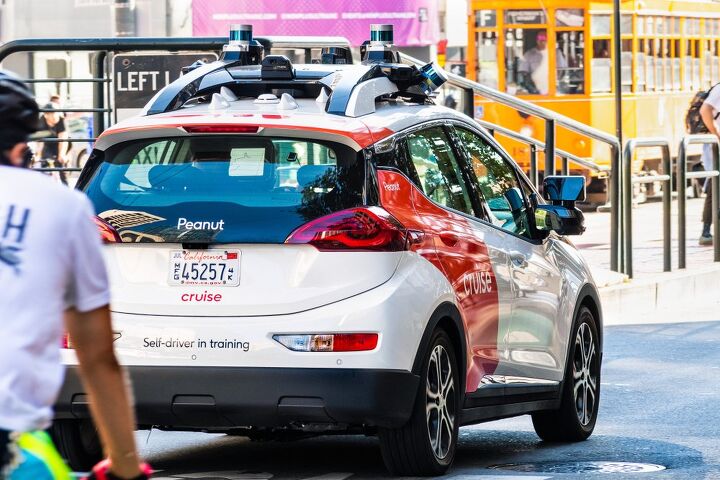
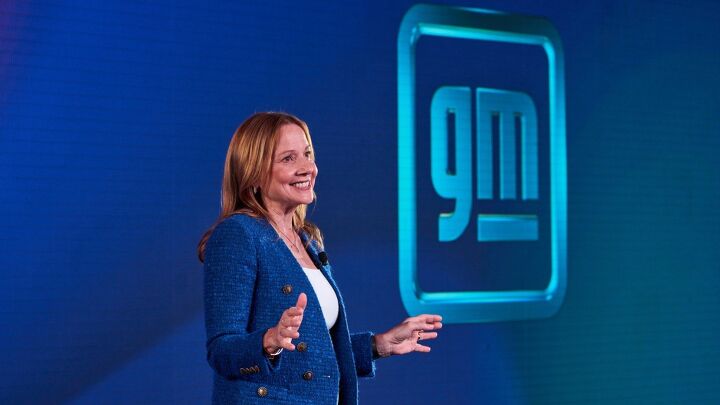




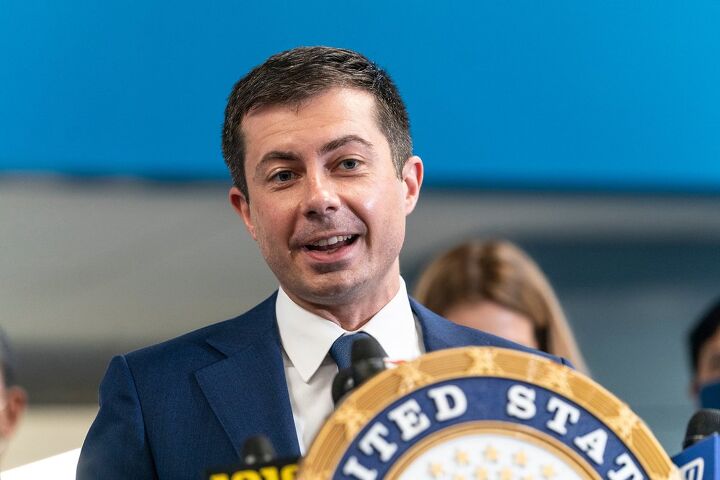
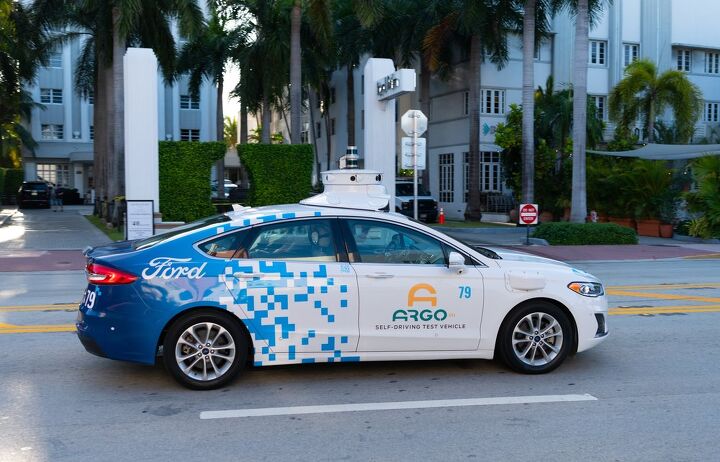


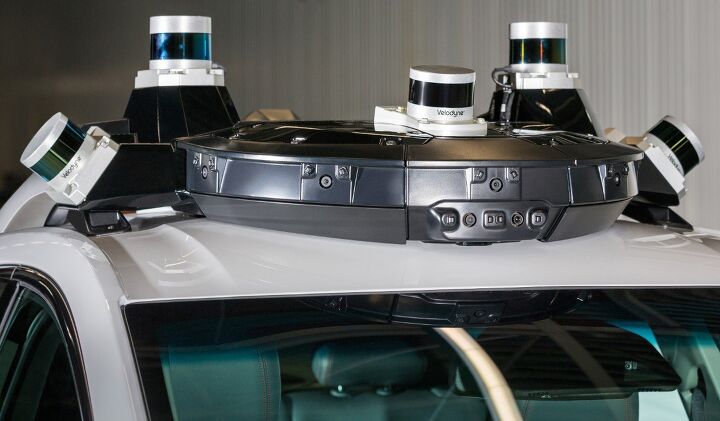


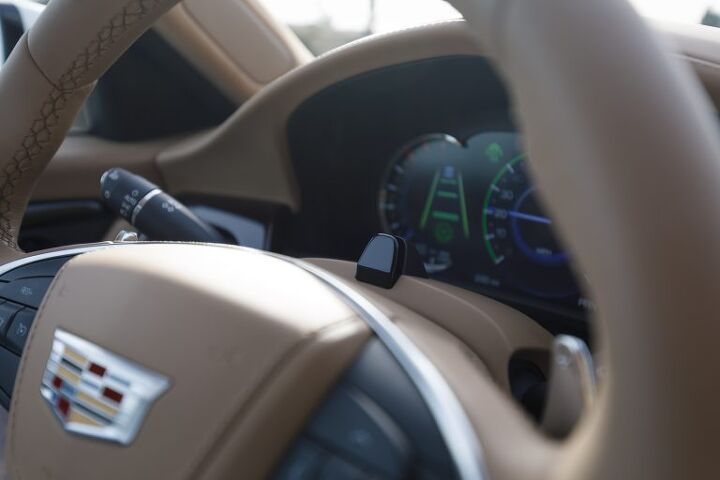












Recent Comments